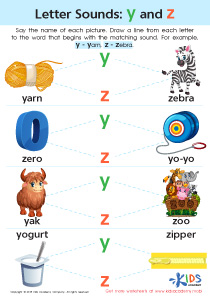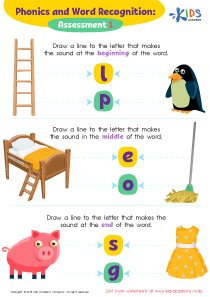Word Recognition Normal Consonants Worksheets for Ages 5-6
7 filtered results
-
From - To
Help your child master word recognition with our "Normal Consonants Worksheets for Ages 5-6"! Specifically designed for early learners, these engaging worksheets focus on recognizing and pronouncing normal consonants. Each sheet features fun activities and illustrations to keep kids motivated and interested. By practicing these worksheets, children will enhance their reading skills, build a solid foundation in phonics, and boost their confidence. Ideal for both classroom and at-home use, our worksheets make learning to read an enjoyable adventure. Encourage your young learner to discover the joy of words today with Kids Academy!
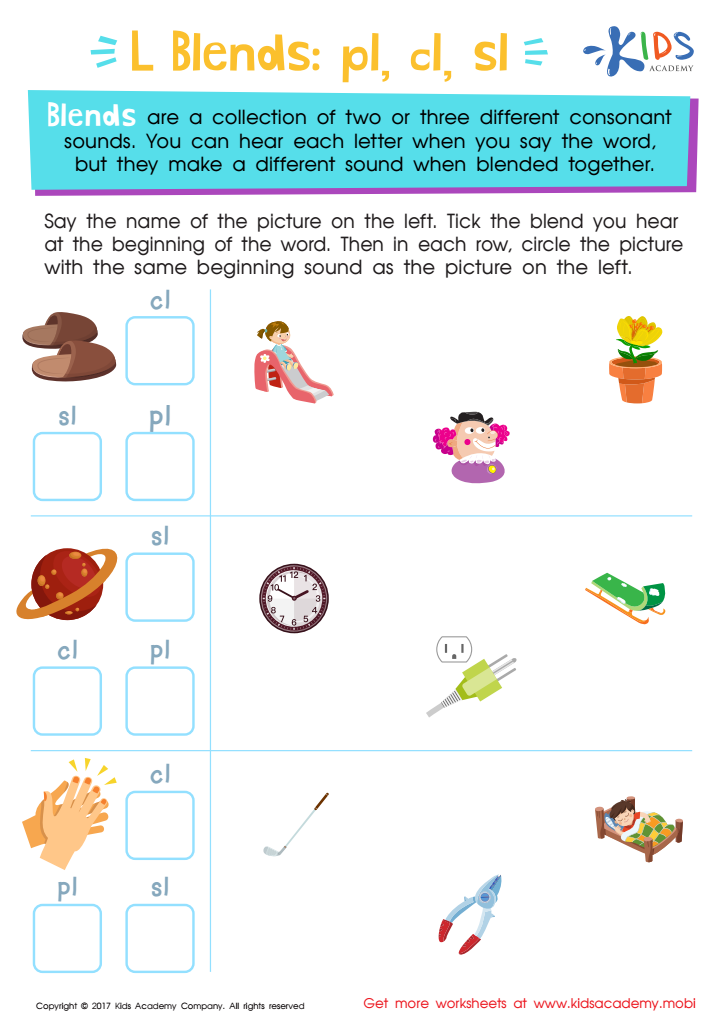

L Blends: "Pl", "Cl" and "Sl" Printable
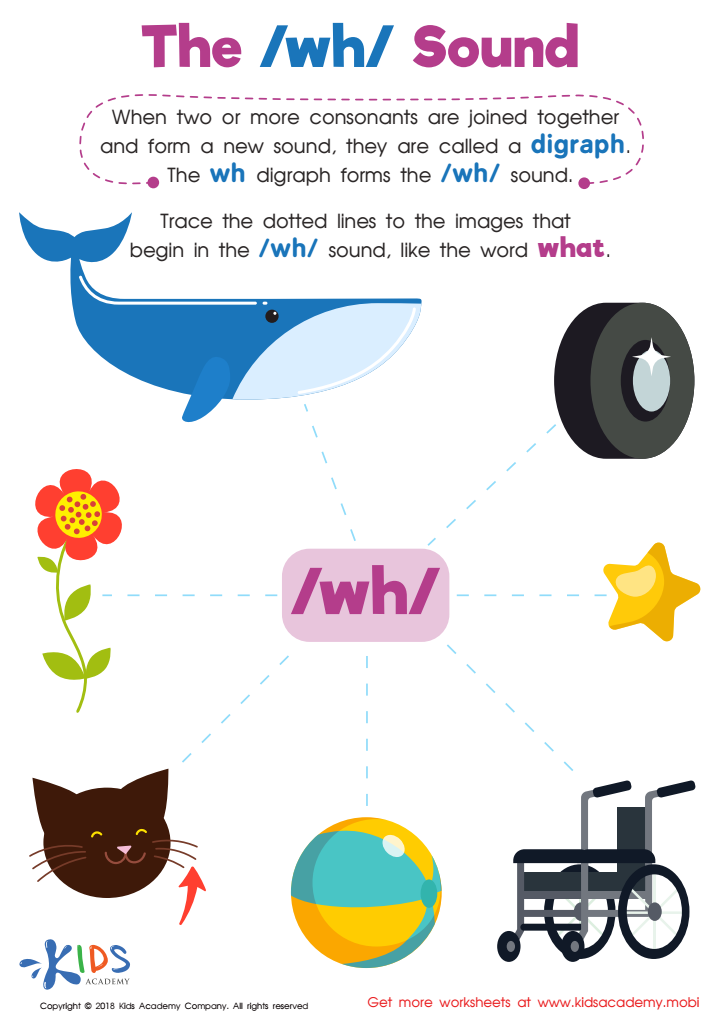

The /wh/ Sound Worksheet
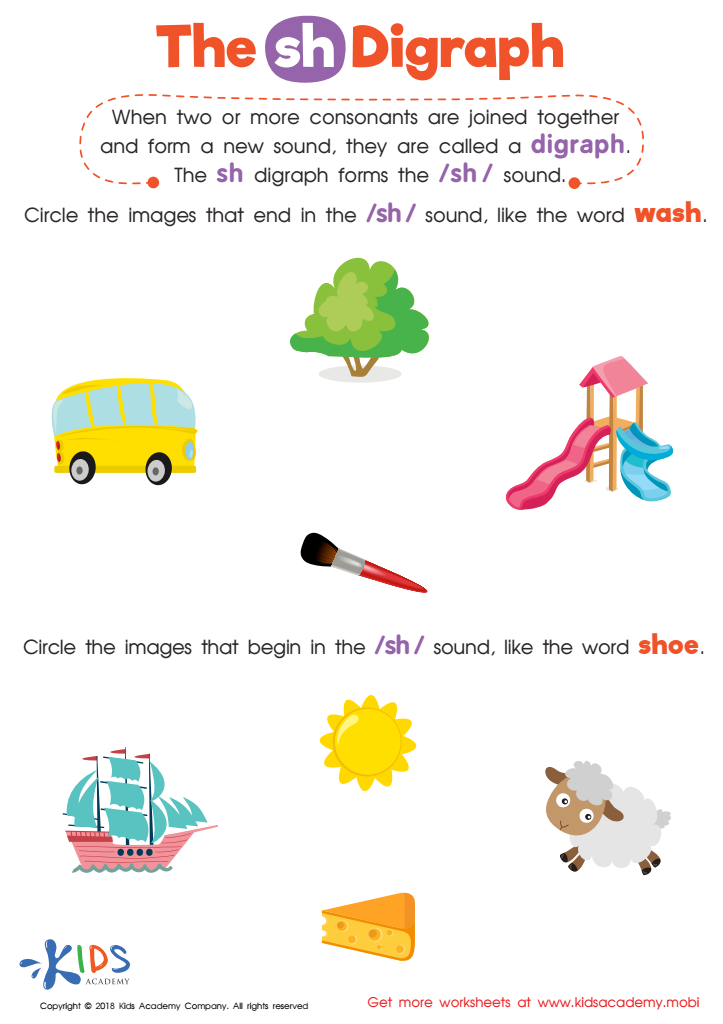

The SH Digraph Worksheet
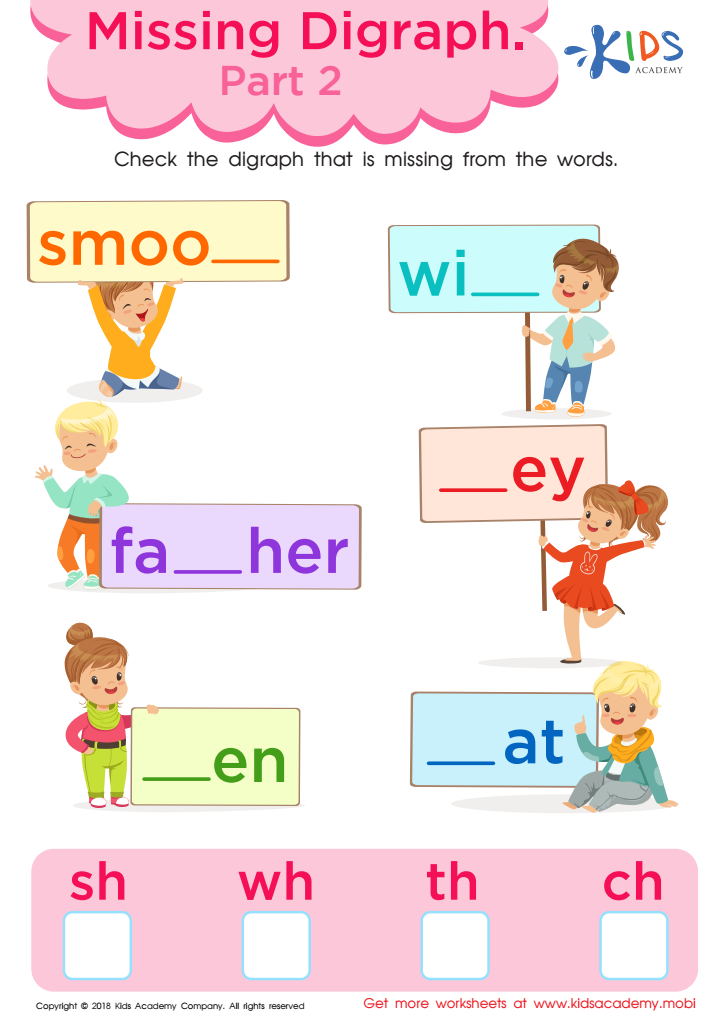

Missing Digraph: Part 2 Worksheet
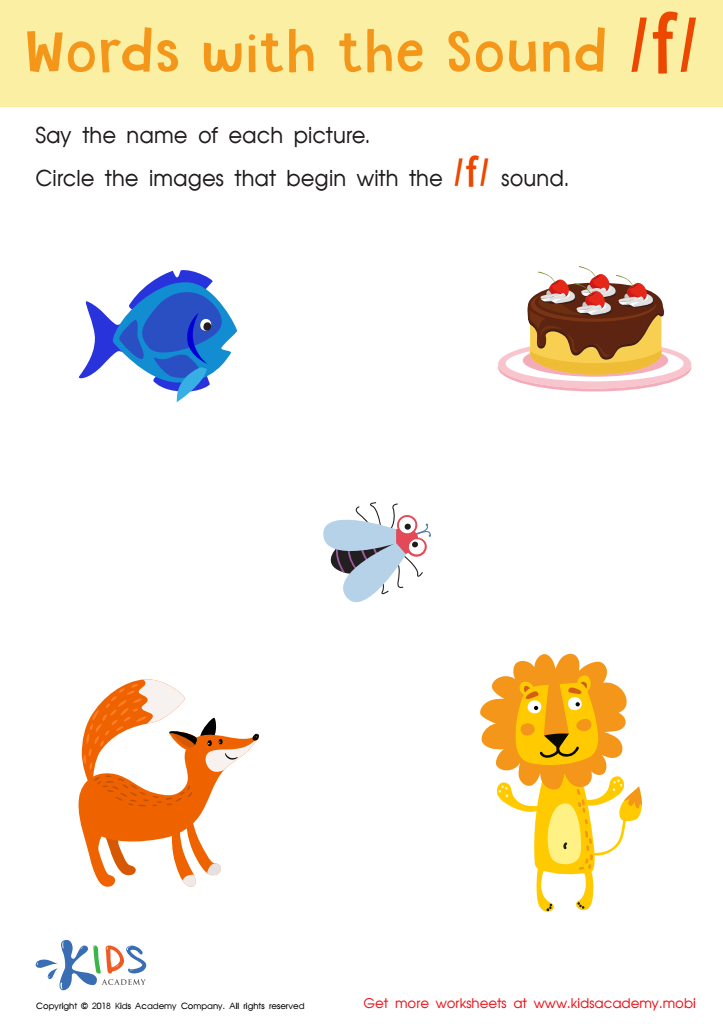

Words with sound f Reading Worksheet
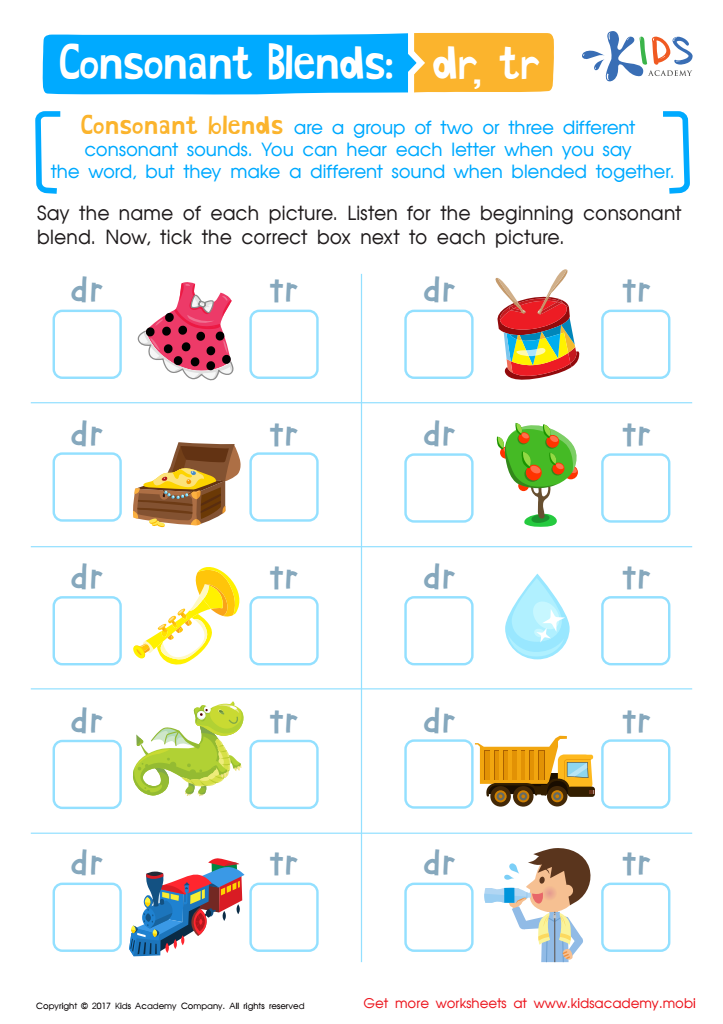

Consonant Blends: "Dr" and "Tr" Printable
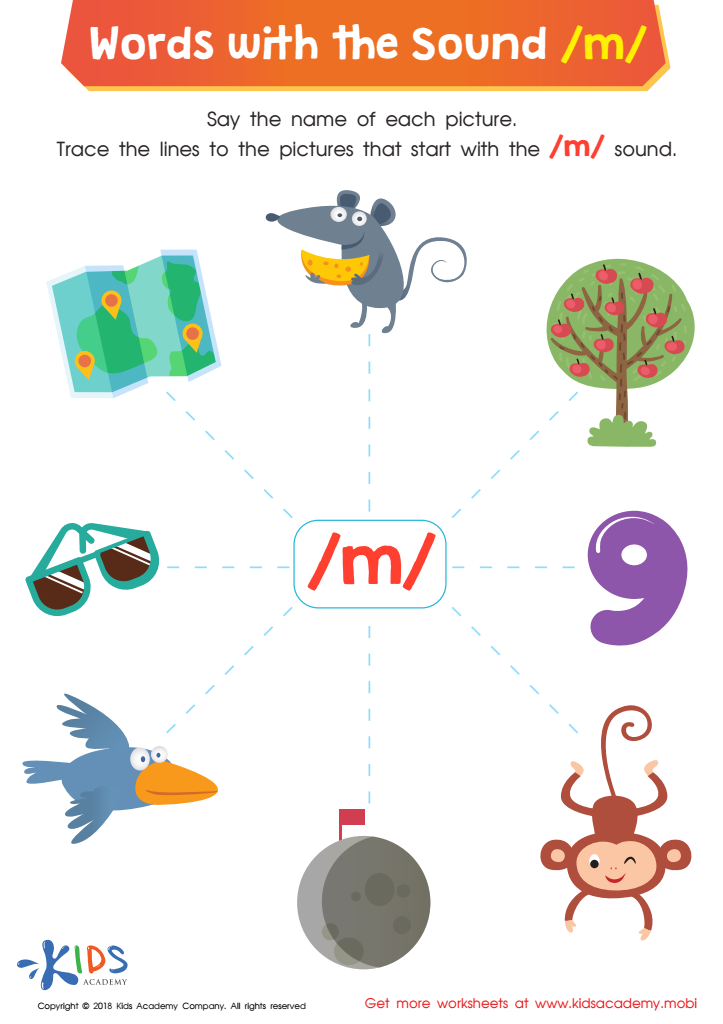

Words with Sound M Reading Worksheet
Parents and teachers should care deeply about word recognition and the understanding of normal consonants for children ages 5-6 because it serves as a cornerstone for early literacy development. At this critical age, children are rapidly expanding their language skills and beginning the transition from spoken language to reading and writing. Consonants form the building blocks of words, and mastering their sounds is essential for phonemic awareness, which is the ability to hear, identify, and manipulate individual sounds in spoken words.
When children develop a strong grasp of normal consonant sounds, it significantly aids their ability to decode new words, a foundational skill for fluent reading. As they blend consonant sounds with vowels, their capacity to recognize patterns in words improves, facilitating easier and more effective reading experiences. This skill directly correlates with better comprehension and more overall academic success.
Moreover, confidence in word recognition fosters a love for reading, engaging children in more frequent practice, which further strengthens their skills. For teachers, understanding each child's mastery of consonants helps in identifying those who may need additional support, thus ensuring that no student is left behind. For parents, knowing the importance of these skills can lead to more effective home reading practices and more informed discussions with educators, creating a supportive, consistent learning environment to nurture young readers.
 Assign to My Students
Assign to My Students






